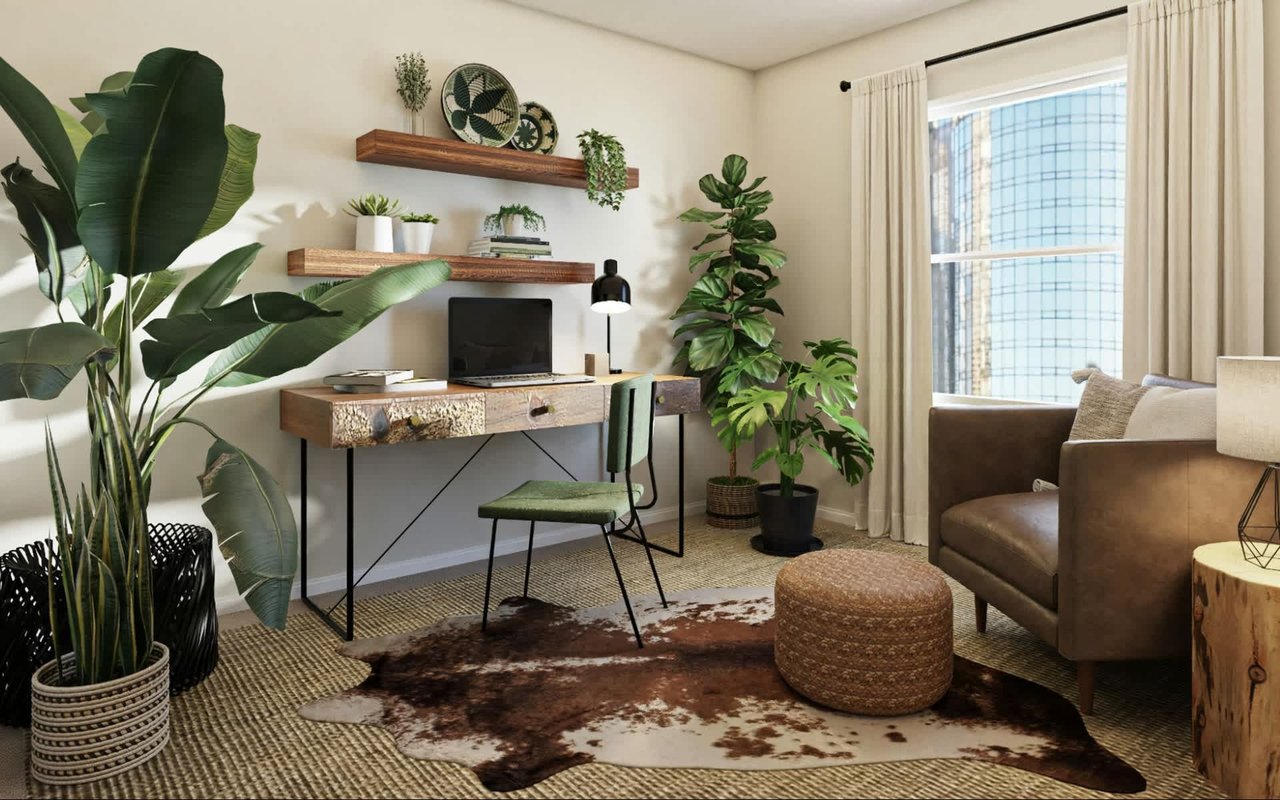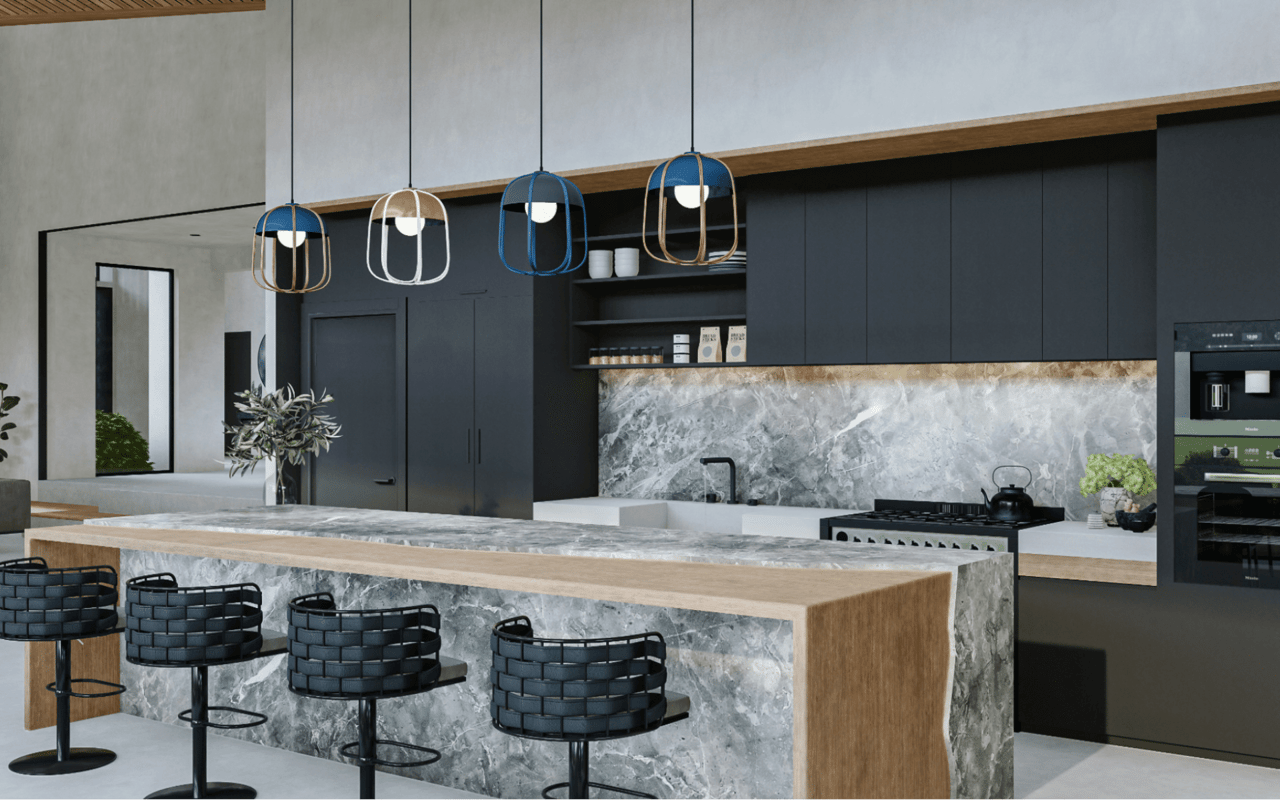Indoor air quality is a crucial aspect of a healthy home environment. Poor air quality can lead to various health issues, including allergies, asthma, and respiratory problems. Ensuring that the air in your home is clean and fresh can significantly enhance your overall well-being. The Davidson Martin Team, experts in Upper West Side real estate, share essential tips on how to improve the air quality of your home.
Understanding Indoor Air Quality
Indoor air quality refers to the condition of the air inside your home, influenced by factors such as pollutants, ventilation, and humidity levels. Common indoor pollutants include dust, mold, pet dander, and chemicals from household products. Understanding these factors is the first step in improving air quality.
Identifying Pollutants
Identifying the sources of indoor air pollution is crucial for addressing the problem. Common sources include:
- Household cleaning products
- Tobacco smoke
- Pollen and outdoor pollutants
- Mold and mildew
- Pet dander
- VOCs (volatile organic compounds) from paint, furniture, and other materials
Importance of Ventilation
Proper ventilation is essential for maintaining good indoor air quality. It helps to dilute and remove indoor pollutants, bringing in fresh outdoor air and reducing the concentration of harmful substances.
Regular Cleaning Practices
Maintaining a clean home is fundamental to improving air quality. Regular cleaning reduces the accumulation of dust, allergens, and other pollutants.
Dusting and Vacuuming
Dusting and vacuuming should be done regularly to remove dust and dirt from surfaces and floors. Use a vacuum cleaner with a HEPA filter to ensure that even the smallest particles are captured. Pay special attention to carpets, rugs, and upholstered furniture, which can trap dust and allergens.
Washing Bedding and Curtains
Bedding, curtains, and other fabric items should be washed frequently to remove dust mites and allergens. Use hot water to kill dust mites and consider using hypoallergenic bedding materials.
Decluttering
Clutter can accumulate dust and make cleaning more difficult. Keep your home organized and free of unnecessary items to make cleaning easier and more effective.
Managing Humidity Levels
Controlling humidity levels in your home is crucial for preventing mold growth and maintaining good air quality.
Using Dehumidifiers
Dehumidifiers can help maintain optimal humidity levels, particularly in damp areas such as basements and bathrooms. Aim to keep indoor humidity levels between 30% and 50% to prevent mold growth and reduce dust mites.
Ventilating Bathrooms and Kitchens
Proper ventilation in bathrooms and kitchens is essential for controlling humidity. Use exhaust fans to remove moisture and prevent mold growth. Ensure that these areas are well-ventilated, especially when cooking or showering.
Improving Ventilation
Good ventilation helps to remove indoor pollutants and bring in fresh outdoor air.
Opening Windows
One of the simplest ways to improve ventilation is by opening windows. This allows fresh air to circulate and reduces the concentration of indoor pollutants. Even in colder weather, try to open windows for a few minutes each day.
Using Exhaust Fans
Exhaust fans in kitchens, bathrooms, and laundry rooms help to remove moisture and pollutants from the air. Ensure that these fans are vented to the outside and used regularly.
Installing an HVAC System
A well-maintained HVAC (heating, ventilation, and air conditioning) system can significantly improve indoor air quality. Ensure that your HVAC system is properly installed and regularly serviced. Use high-quality air filters and replace them according to the manufacturer's recommendations.
Incorporating Air Purifiers
Air purifiers can help remove pollutants from the air, making your home a healthier place to live.
Choosing the Right Air Purifier
Select an air purifier that suits your needs and the size of your home. Look for models with HEPA filters, which are effective at capturing small particles such as dust, pollen, and pet dander.
Positioning Air Purifiers
Place air purifiers in areas where you spend the most time, such as bedrooms and living rooms. Ensure that the purifier is not obstructed and has adequate airflow to function effectively.
Reducing Chemical Pollutants
Minimizing the use of products that release harmful chemicals can significantly improve air quality.
Using Natural Cleaning Products
Switch to natural, non-toxic cleaning products to reduce the release of VOCs and other harmful chemicals. Many natural cleaning products are effective and safer for both your health and the environment.
Avoiding Synthetic Fragrances
Synthetic fragrances in air fresheners, candles, and personal care products can release harmful chemicals into the air. Opt for fragrance-free or naturally scented products to reduce indoor air pollution.
Ventilating When Using Chemicals
If you must use products that release chemicals, such as paint or pesticides, ensure that the area is well-ventilated. Open windows and use exhaust fans to remove fumes from the air.
Maintaining Houseplants
Houseplants can help improve indoor air quality by absorbing pollutants and releasing oxygen.
Selecting Air-Purifying Plants
Certain plants are particularly effective at improving air quality, such as spider plants, snake plants, and peace lilies. These plants can help remove toxins from the air and add a touch of greenery to your home.
Caring for Plants
Ensure that houseplants are properly cared for to maximize their air-purifying benefits. Water them regularly, provide adequate light, and keep the leaves free of dust.
Professional Air Quality Testing
If you are concerned about the air quality in your home, consider professional air quality testing.
Identifying Hidden Issues
Professional testing can identify hidden issues such as mold, radon, or VOCs that may not be apparent through regular cleaning and maintenance. Understanding the specific pollutants in your home can help you address them more effectively.
Implementing Solutions
Based on the results of the air quality test, implement the recommended solutions to improve your home's air quality. This may include additional ventilation, mold remediation, or the use of specialized air purifiers.
On Your Way to a Healthier, Happy Home
Improving the air quality in your home is essential for creating a healthy and comfortable living environment. By following these tips and incorporating regular cleaning, proper ventilation, and the use of air purifiers, you can significantly enhance the quality of the air you and your family breathe.
Connect with The Davidson Martin Team
Ready to explore real estate options in the Upper West Side, NY? Contact The Davidson Martin Team today to begin your journey. With unparalleled expertise and personalized service, The Davidson Martin Team is dedicated to helping you find the ideal property that matches your lifestyle and aspirations. Reach out to The Davidson Martin Team to discover the best homes and experience the pinnacle of Upper West Side living.




